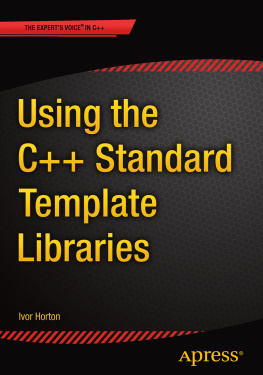Roberts Ivor - Satows Diplomatic Practice
Here you can read online Roberts Ivor - Satows Diplomatic Practice full text of the book (entire story) in english for free. Download pdf and epub, get meaning, cover and reviews about this ebook. City: Oxford, year: 2018;2009, publisher: Oxford University Press, genre: Art. Description of the work, (preface) as well as reviews are available. Best literature library LitArk.com created for fans of good reading and offers a wide selection of genres:
Romance novel
Science fiction
Adventure
Detective
Science
History
Home and family
Prose
Art
Politics
Computer
Non-fiction
Religion
Business
Children
Humor
Choose a favorite category and find really read worthwhile books. Enjoy immersion in the world of imagination, feel the emotions of the characters or learn something new for yourself, make an fascinating discovery.

- Book:Satows Diplomatic Practice
- Author:
- Publisher:Oxford University Press
- Genre:
- Year:2018;2009
- City:Oxford
- Rating:5 / 5
- Favourites:Add to favourites
- Your mark:
- 100
- 1
- 2
- 3
- 4
- 5
Satows Diplomatic Practice: summary, description and annotation
We offer to read an annotation, description, summary or preface (depends on what the author of the book "Satows Diplomatic Practice" wrote himself). If you haven't found the necessary information about the book — write in the comments, we will try to find it.
Satows Diplomatic Practice — read online for free the complete book (whole text) full work
Below is the text of the book, divided by pages. System saving the place of the last page read, allows you to conveniently read the book "Satows Diplomatic Practice" online for free, without having to search again every time where you left off. Put a bookmark, and you can go to the page where you finished reading at any time.
Font size:
Interval:
Bookmark:
SATOWS DIPLOMATIC PRACTICE
Sixth Edition
Sixth Edition
Edited by
SIR IVOR ROBERTS


Great Clarendon Street, Oxford OX2 6DP
Oxford University Press is a department of the University of Oxford.
It furthers the Universitys objective of excellence in research, scholarship,
and education by publishing worldwide in
Oxford New York
Auckland Cape Town Dar es Salaam Hong Kong Karachi
Kuala Lumpur Madrid Melbourne Mexico City Nairobi
New Delhi Shanghai Taipei Toronto
With offices in
Argentina Austria Brazil Chile Czech Republic France Greece
Guatemala Hungary Italy Japan Poland Portugal Singapore
South Korea Switzerland Thailand Turkey Ukraine Vietnam
Oxford is a registered trade mark of Oxford University Press
in the UK and in certain other countries
Published in the United States
by Oxford University Press Inc., New York
The several contributors, 2009
The moral rights of the authors have been asserted
Database right Oxford University Press (maker)
Crown copyright material is reproduced under Class Licence
Number C01P0000148 with the permission of OPSI
and the Queens Printer for Scotland
First published 2009
All rights reserved. No part of this publication may be reproduced,
stored in a retrieval system, or transmitted, in any form or by any means,
without the prior permission in writing of Oxford University Press,
or as expressly permitted by law, or under terms agreed with the appropriate
reprographics rights organization. Enquiries concerning reproduction
outside the scope of the above should be sent to the Rights Department,
Oxford University Press, at the address above
You must not circulate this book in any other binding or cover
and you must impose the same condition on any acquirer
British Library Cataloguing in Publication Data
Data available
Library of Congress Cataloging in Publication Data
Data available
Typeset by Cepha Imaging Private Ltd, Bangalore, India
Printed in Great Britain
on acid-free paper by
CPI Antony Rowe
ISBN 9780199559275
1 3 5 7 9 10 8 6 4 2
Sir Ernest Satows Guide to Diplomatic Practice although first published nearly a hundred years ago remains a masterpiece. The book he wrote in 1917 was no dry collection of facts and legal terms. It was suffused with illuminating, interesting, often whimsical, anecdotes, and wise counsel. Nevertheless, when I was invited to edit the first revised edition for 30 years, I quickly realized work. It would be invidious to single anyone out. Their respective contributions are to be found in the Note.
The last edition of this book was written 10 years before the fall of the Berlin Wall. It reads very much like a book of its time, reflecting the immediate post-war disposition and still retaining from the original Satow much of the language of traditional diplomacy. A new edition is needed to illustrate how much the world of diplomacy has changed since the last one. I concluded with regret that it would have by and large to depart from the Satow writing style to make it more contemporary and accessible to the practitioners of the twenty-first century.
We have aimed in this new edition to move the focus away from the UK and Commonwealth (in the last edition, the international organization mentioned first after the United Nations is the Commonwealth) and towards a global audience. We hope that it will be considered an indispensable vademecum in every foreign ministry, as a concise and authoritative guide for their legal advisers and diplomats, and more widely for international lawyers and students of international relations. It aims to be in effect a short primer in diplomacy as well as a guide to diplomatic practice, international organizations, and law. It also comes to terms with the fact that English is the new diplomatic language. (It is striking that so many passages in the 1979 edition are in French.)
At the same time, the book reflects the way modern communications have transformed diplomacy. When the last edition came out, the phrase shuttle diplomacy had just been invented and summit meetings were still a rarity. Videoconferencing was practically unknown and the Internet, although conceived of, had yet to acquire a public face. At the time communication technology seemed to stretch only to a hotline to prevent nuclear war. Hand in hand with these changes in communications has come the rise in multilateral organizations and networks which makes diplomacy at the foreign ministerial level far more frequent and accessible. First published a year before the Versailles Peace Conference, the original Satow described a world where the only way for the Great Powers to meet was at a major conference lasting weeks and in some cases months. Berlin and Vienna were perhaps the most famous of these conferences in the preceding century. The changes required to diplomatic practice by monthly meetings and weekly conversations of eg EU foreign ministers, thrice-yearly meetings of EU presidents and prime ministers, and regular meetings at ministerial and prime ministerial level in most international organizations need to be documented and the impact on diplomats lives and work explained. At the time of writing the world is in the grip of a financial and economic crisis that shows little sign of abating. International organizations and institutions are unlikely to emerge unchangedsome may not survive. But diplomacy and diplomats will still be required. The question which the book asks, and I hope answers, is: what, in the twenty-first century, are diplomats for?
Turning to the detail, Book I Diplomacy in General needed substantial change. The introductory chapter on diplomacy has been expanded to make it a short history of diplomacy which it is hoped will help beginners orientate themselves in the subject. We dropped a good deal of the historical material on precedence and protocol and emphasized how foreign affairs are no longer the exclusive prerogative of the minister for foreign affairs or the president/prime minister. The chapter on language and forms of diplomatic communication while aiming to be comprehensive also reflects how diplomats communicate today increasingly through email and even texting and rather fewer leisurely Notes verbales.
The Books on Diplomatic Agents and Consular Matters have been further broken down into four Books, one on diplomatic relations, a second on diplomatic privileges and immunities, a third on diplomatic missions, and a fourth on consular matters. Most of the material on diplomatic and consular privileges and immunities was rewritten by Eileen Denza for the last edition to reflect the international conferences in Vienna on these subjects which had taken place in the 1960s and the resulting Conventions. No such major but a fair amount of minor revision has now been called for which she has again provided. Previous chapters on attacks on embassies and kidnapping of diplomats have been combined and expanded to reflect the growth in the scourge of terrorism and the often soft target that embassies and diplomats provide. The last edition was written before the most flagrant breach of diplomatic immunity, the seizure of the US embassy in Tehran in 1979 and the detention of its staff for over a year. Since then, of course, many diplomats have been kidnapped, attacked, and even assassinated. The last edition of Satow has no entry in its index under terrorism.
Next pageFont size:
Interval:
Bookmark:
Similar books «Satows Diplomatic Practice»
Look at similar books to Satows Diplomatic Practice. We have selected literature similar in name and meaning in the hope of providing readers with more options to find new, interesting, not yet read works.
Discussion, reviews of the book Satows Diplomatic Practice and just readers' own opinions. Leave your comments, write what you think about the work, its meaning or the main characters. Specify what exactly you liked and what you didn't like, and why you think so.

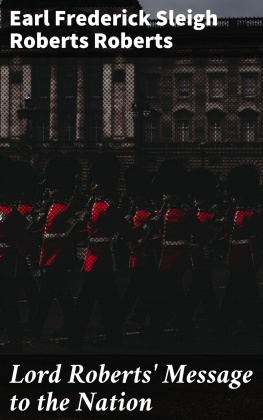
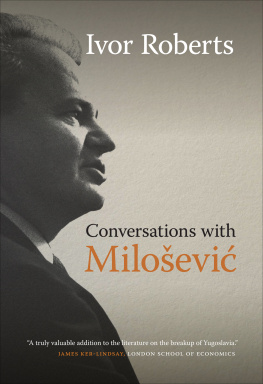
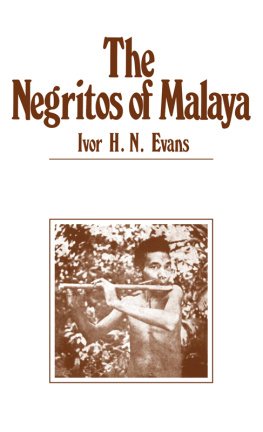
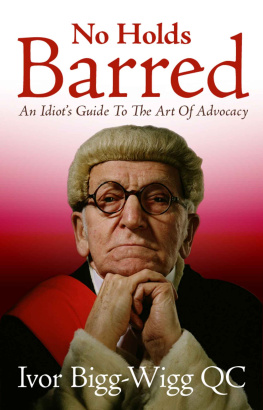

![Ivor Horton [Ivor Horton] - Ivor Horton’s Beginning Java®, Java 7 Edition](/uploads/posts/book/119392/thumbs/ivor-horton-ivor-horton-ivor-horton-s.jpg)
